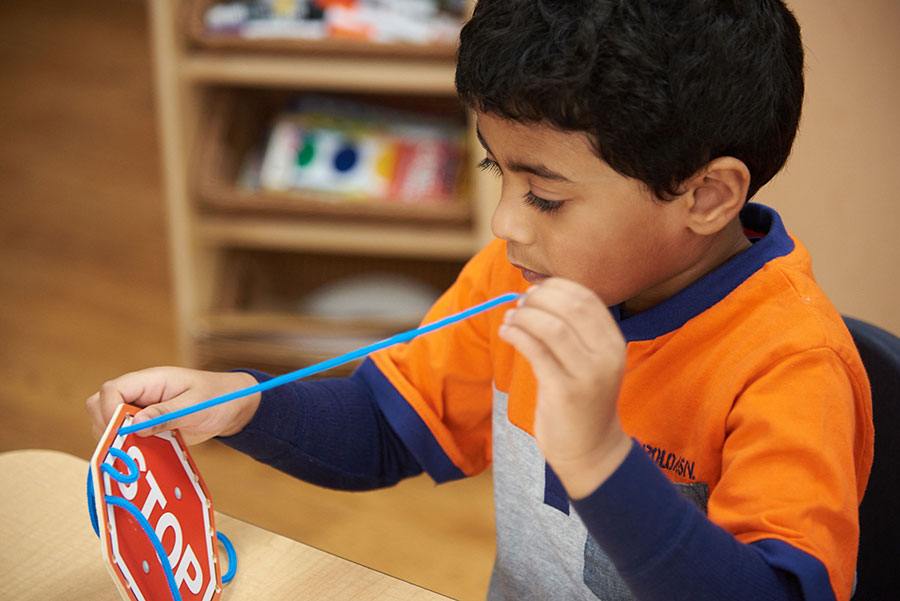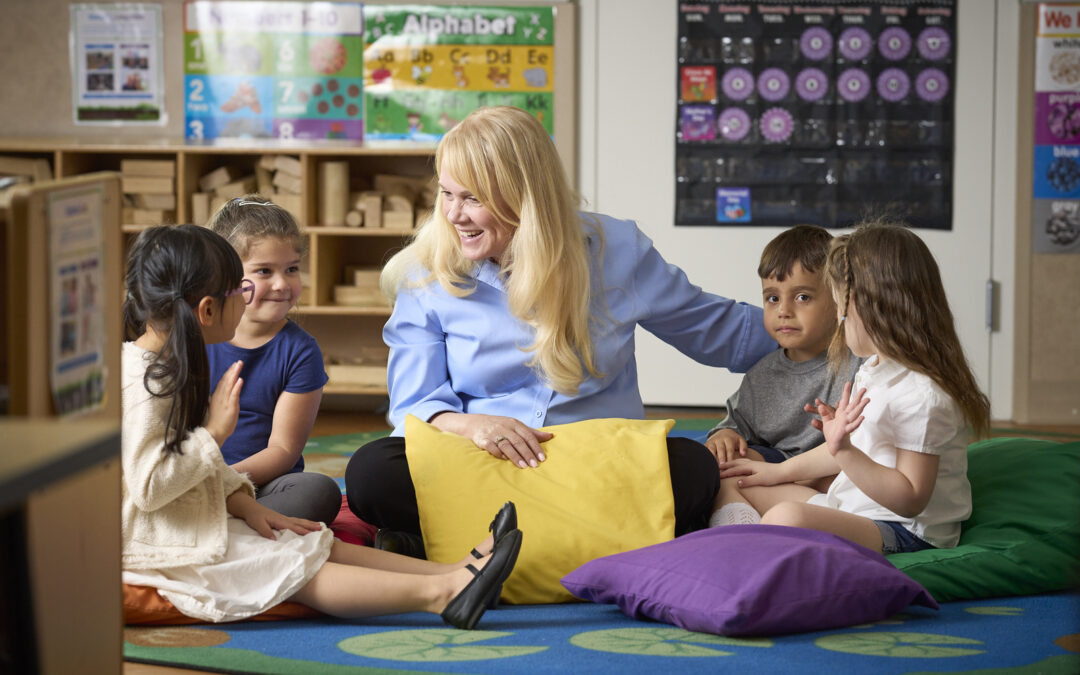“You’re not going out of the house dressed like that.”
“No, you can’t wear your swimsuit to school.”
Whether we’re addressing our school-age children or our preschoolers, the clothes battle can begin as soon as children are able to make choices. Even children as young as toddlers start to demonstrate self-expression and independence through the clothes and accessories they choose to wear. Much to our dismay, our little ones may insist on wearing their Spiderman costume for days at a time, or even demand to wear their new shoes to bed. School-aged children often opt for trendy and cool. And cool usually translates to expensive, name-brand sneakers, jeans, shirts and more. Some teens prefer attire that we consider grungy and ill fitting. Whatever the choice, it’s not always what we would chose for them.
Why are clothes so important? Clothes and appearance are the most demonstrative ways for children to express themselves to others. Clothing becomes increasingly important to children as they get older. Our children want to fit in, be cool and feel accepted by their peers. In retrospect, many of us may have made some poor clothing choices. Just take a look back at your old middle school and high school yearbooks. Clothing choice is also a safe way for children to express normal adolescent rebellion.
Does it matter what our children wear? The old adage, “You can’t judge a book by its cover,” doesn’t ring true when it comes to clothing in our society. Children are judged by their peers and other adults based on the way they dress. And to make the clothes battle even more complicated, what our children’s peers find cool is often what parents and other adults find inappropriate. Although it doesn’t seem fair, the way our kids look and dress is often how others judge our parenting skills. Do we care what others think? Do we care how our children look when they leave the house? Most of us are just glad to get out of the house on time. But when it comes to determining what’s appropriate clothing, there are lots of factors to consider: the age of our children, their destination, our budget and our personal preference. After all, we are the parents and we have the final say.
Having our children learn to dress themselves is a life skill they just can’t live without. Here are some things to consider:
Decide if it’s worth the battle. Do we really care if our young children go to school with one white sock and one black sock because they “did it all by themselves?” Does it matter if school-age children wear all black and spike up their hair? Ultimately, most of us have to conform to societal expectations of appropriate clothing in order to be successful, but most children are merely experimenting with self-expression, exerting independence and expressing normal rebellion.
Determine what is inappropriate. Clothing that does not protect your child against the weather and clothing that is revealing would probably be considered inappropriate by most of us. What’s too revealing? Do the twist, turn and lean over test. If your child’s undergarments show when they bend over or raise their hands up, their clothes may be too revealing.
Reserve the right to veto certain clothing. Even if you feel comfortable letting your child express themselves, let them know that you reserve the right to object to them wearing certain outfits.
Establish parent choice days. From the time your children are young, you can establish occasions when your child has to wear what you choose. These maybe holidays, religious services, special ceremonies or family gatherings.
Give your child choices. For infants and toddlers, the dressing part is not so much “the what” of clothing as “the how” of dressing. Kids just don’t want to get dressed sometimes and that’s especially true when it’s the morning and we’re in a rush. For young children who are reluctant to get dressed in the morning, dress them in comfortable sweat or short outfits, depending upon the season, for bed. In the morning, change the diaper, brush the hair and go.
For preschoolers, try selecting all of their clothes for the week ahead of time to avoid morning battles, or give your child two outfits to choose from when getting dressed. For especially independent dressers, remove any clothing that you’re not willing to let them to wear from their closet or make “I dressed myself today” stickers and let your child have at it. Then everyone will know that your child’s ensemble was a kid choice and not yours.
For school-age children, shop together. Let your child know your expectations before you get to the store. For example, say, “We’re not buying any belly shirts.” Give your child a clothing budget for each shopping trip and with your assistance, let them decide which clothing and shoes they want.
Usually the biggest problem with our children’s choice of clothes is our own parental embarrassment. Other adults expect us to have our children “properly” dressed, and if they aren’t, they judge us as incompetent parents. But as long as a child is warm and dry, does it really matter if they’re wearing something unusual? As Barbara Coloroso said, “It’s not life threatening and it’s not morally threatening.” Seems easy enough, but somehow a toddler in a Spiderman outfit seems much cuter when it’s not your kid.






